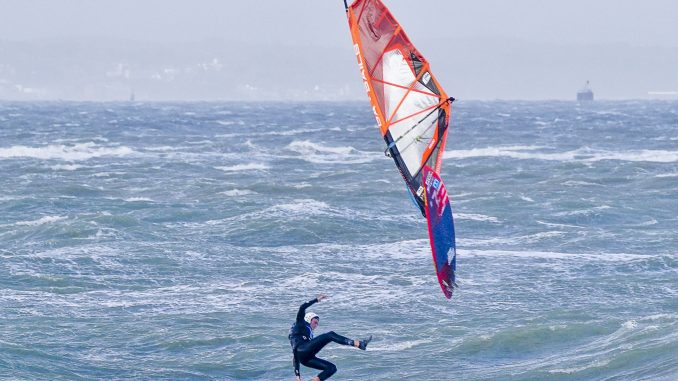
Words: WSUK
Pics: James Jagger
Whatever stage of windsurfing you’re at stacking it will be a thing. From those first steps, where over balancing whilst uphauling, through to catapulting during attempts to locate footstraps and all the way up to bailing during big moves, crashing is a thing of windsurfing. As the old saying goes: ‘if you’re not failing (or in this case falling) you’re not learning’.
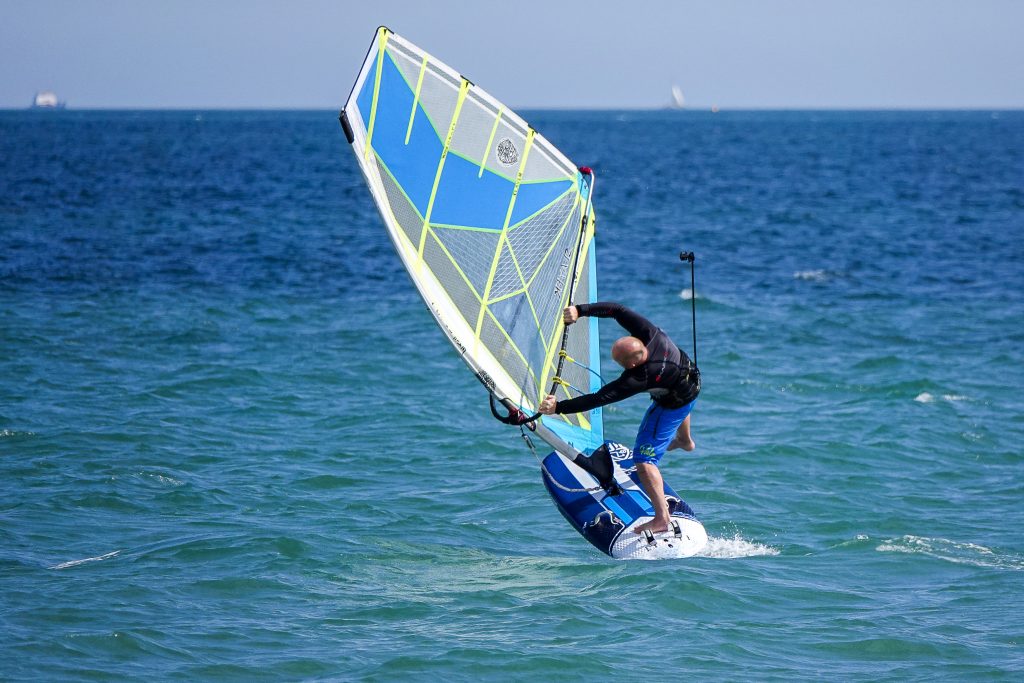
At some stage, however, following multiple dunkings in the drink, you may start to get annoyed. After all, who wants to be constantly swimming? Trying to nail those seemingly elusive moves can often lead to repetitive immersions before everything clicks into place. In some cases you may still be crashing, even having read all the technique articles and gone through hours of practice on the water. Unfortunately this is where windsurfing can become frustrating. We know of many a sailor pursuing carve gybes, for instance, who end up stuck in a crashing rut. Bashing away, session after session, and still making no progress – it can leave a bitter taste in the mouth that’s for sure.
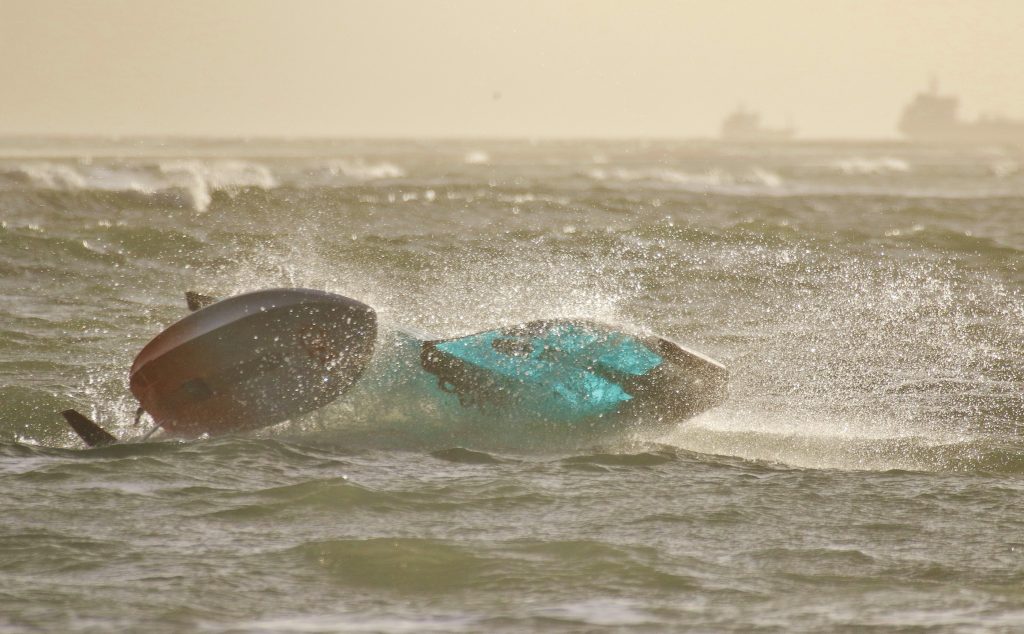
As much as failing does help you improve falling can also compound incorrect body movements which leads to muscle memory taking on the wrong contortions. Doing the wrong thing over and over won’t lead to success. At this point it’s worth stopping to consider your options.
Banging your head against a brick wall will only cause a headache. And if that headache isn’t going away there are a few things you can do. One of the most efficient is getting some expert tuition. There are a raft of windsurf coaches and instructors willing to impart their valuable knowledge and cast an eye over your riding to determine where it’s all going pear shaped. In a lot of cases it may only be a small element that needs tweaking with a windsurfing guru able to point you in the right direction. Going it alone doesn’t always yield the best results with windsurfing – especially as it’s so technique led. Rather than beating yourself up book yourself some coaching.
Another method of determining what’s going wrong is being filmed. There’re a plethora of ways you can do this. If by some good fortune you have a willing other who can film you then great. As long as the footage ends up being ‘watchable’ sometimes you can spot where those pitfalls are cropping up. Again, it may only be a small part of the manoeuvre which is going downhill but a bit of video footage will help pinpoint this.
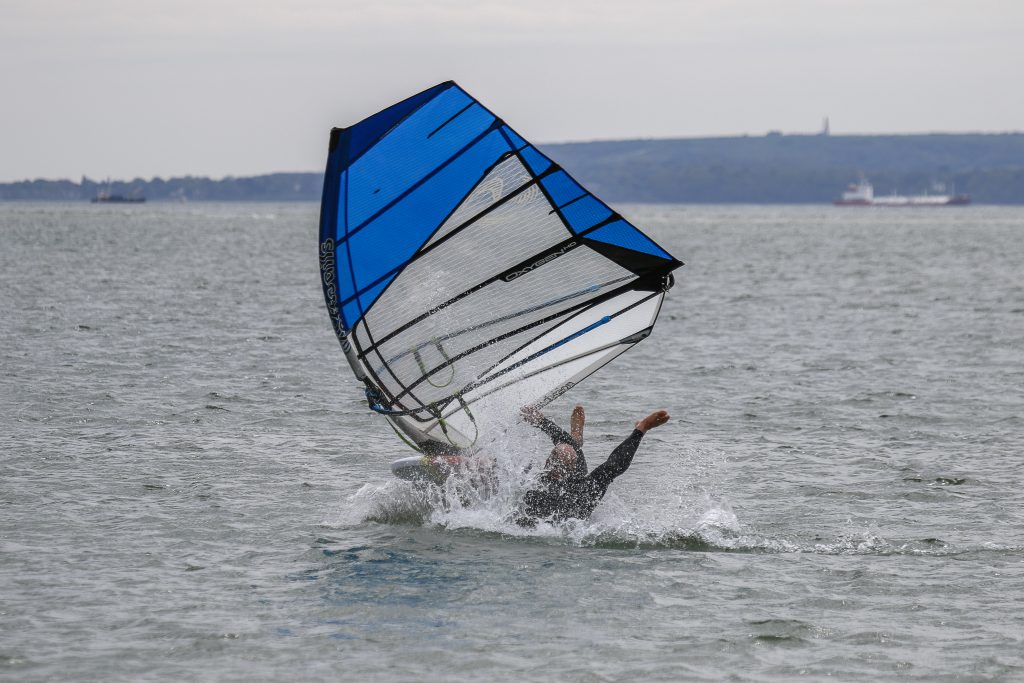
Action cams, such as GoPro and like, can also be considered. Unlike someone filming from the beach a GoPro will catch the action up close and personal. If it’s something like a subtle hand position causing all the agro then it may be your action cam picks this up. The slight fly in the ointment is you need to understand the move intricately. If you don’t know what you’re looking for then you won’t know what will need correcting. On a plus, however, with POV video footage you’ll be able to slow everything down and study what’s happening at your leisure before compare and contrasting with other technique videos online. Hopefully this’ll give you an action plan so the next time you’re on the water you can aim for the tweaks.
For anyone stacking bigger moves then this can simply be par for the course. Take wave riding for instance. Windsurfing star Kevin Pritchard once said that wave riding is an art you’re always trying to achieve perfection with. Which is very true. Due to a wave’s ever changing persona, no two waves ever being the same, plus other things like the wind itself, current, tide and all manner of small nuances, wave riding is an evolving task where the rider aims to do the best they can with accumulated knowledge over the course of many sessions. True connoisseurs of the wave riding art make it look easy, yet as we all know even the best fall and crash. It’s just one of those things. And it’s the same when banging out the aerial moves.
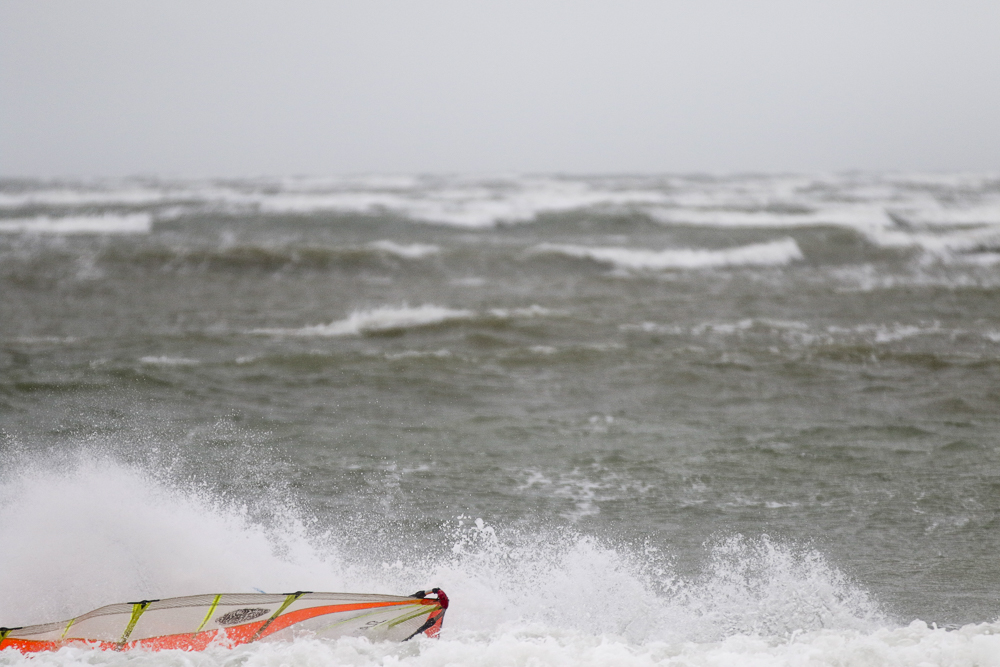
Big balls tricks always have an element of risk of attached. Think of jumping orientated manoeuvres where riders aim to sky them and kit to the heavens. It stands to reason that factors dictate it doesn’t all go smoothly every time. Perhaps the sailor took off at a funny angle. Maybe a gust hit during the apex of the move. Or possibly the windsurfer in question’s head simply wasn’t in it. The fact is for every clean landing comes a crash. And depending on the type of move, and how technical/risky it is will determine the outcome.
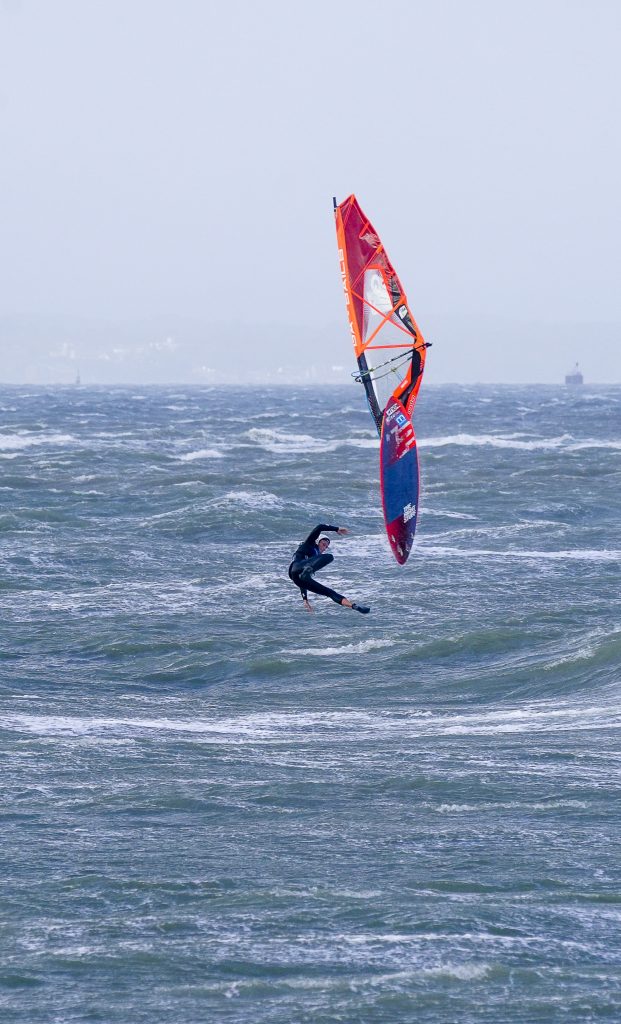
For most of us – the windsurfing majority – crashing your windy gear won’t result in much more than a big splash and dented ego. It’s not like terra firm based sports, such as FMX, where bad landings and stacks can result in far more serious consequences. In almost all instances wiping away the spray before getting back on the horse is how things will play out. You may crash again (and again) but accepting this fact is half the battle. In time stacks will probably become less, based on the level of skill you’re at, before it starts again during the next stage of your progression. Embrace the experience and get it logged in your muscle memory bank. Later, on the beach at home, assess and cogitate before deciding your next course of action. If you opt for another ‘shot at the title’ then go for it with gusto. If it’s the coaching/instruction route then we’re pretty sure swift progress will be made.
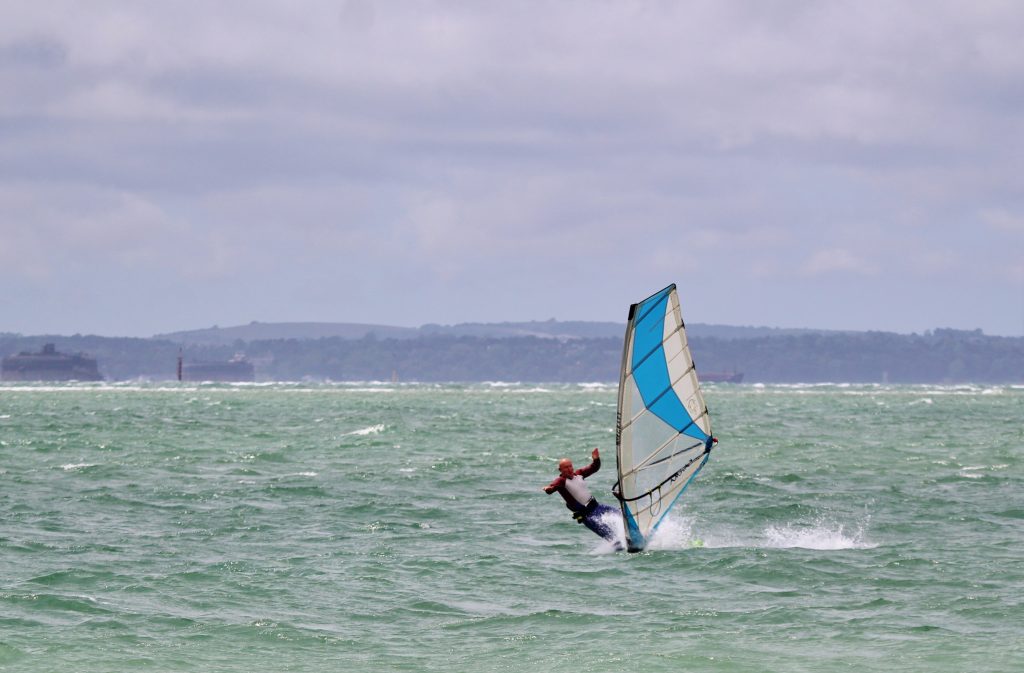
For anyone looking to stomp balls to the wall moves then we salute you! Windsurfing, after all, at this level can look as spectacular as any other ‘extreme sport’ so do yourself proud. Lastly, we will add that if you’re crashing hard, and have a skill level approaching advanced, then perhaps considering things like a helmet and impact vest may be a wise choice. After all, staying safe is paramount to enjoying your windsurfing even if you are pushing the envelope.
Happy stacking!
If this article floated your boat why not check out the following –

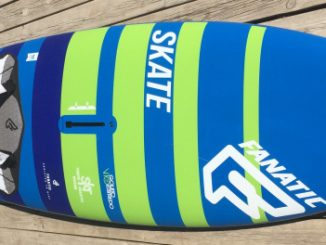

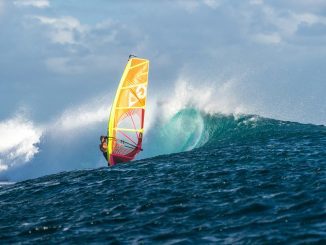
Leave a Reply